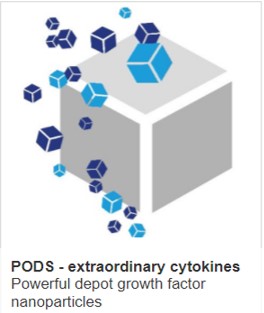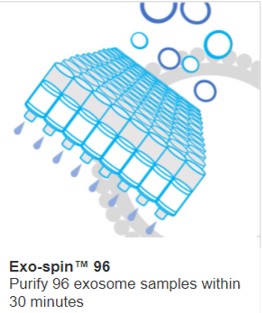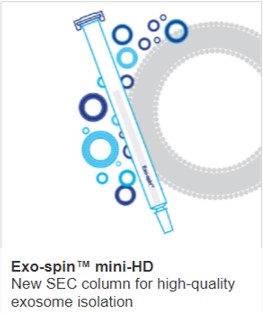Visible improvements: PODS set to Transform Cell-based Vision Restoration Therapies

Glaucoma and related optic neuropathies remain leading causes of irreversible blindness worldwide. At the heart of these diseases lies the degeneration of retinal ganglion cells (RGCs)— neurons that coat the retina and conveger into the optic nerve to carry visual signals from the eye to the brain. Unlike some lower vertebrates, mammals cannot regenerate RGCs once lost. This means that treatments for advanced disease must go beyond neuroprotection and attempt actual cell replacement.
Stem cell–derived RGC transplantation has emerged as a promising approach. Researchers can now generate RGCs from embryonic or induced pluripotent stem cells and transplant them into damaged retinas. Yet, there is a persistent challenge: survival rates of donor cells after transplantation are extremely low, often less than 1%. The harsh retinal microenvironment—marked by inflammation, glial reactivity, metabolic stress, and loss of trophic support—quickly overwhelms transplanted neurons.
A new study from Harvard Medical School and collaborators explores how to engineer a more hospitable retinal environment using sustained-release neurotrophic support. The team focused on two key molecules, brain-derived neurotrophic factor (BDNF) and glial-derived neurotrophic factor (GDNF). Both play crucial roles during retinal development, supporting RGC survival and maturation, but their levels decline in diseased or aging tissue. Restoring these factors could enhance the viability of transplanted neurons and protect remaining host cells.

PODS containing neurotrophic growth factors viewed with a scanning electron micorsopce. The cyrtals are tpically 1 to 3 microns in size.
PODS: A Slow-Release Solution
Traditional delivery of growth factors through intravitreal injections faces a major obstacle: rapid clearance from the eye. Frequent re-injection is impractical and carries risks of inflammation or infection. This is where the Polyhedrin Delivery System (PODS) comes in. PODS are protein crystal microcages that encapsulate therapeutic proteins, releasing them gradually over days to weeks. In the Harvard study, BDNF and GDNF embedded into PODS particles were co-injected into the eye alongside the transplanted RGCs.
This innovation provided two key advantages:
- Sustained availability of trophic factors, preventing the sharp drop-off seen with bolus injections.
- Localized microenvironmental support, directly benefiting transplanted cells during their most vulnerable integration phase.

Diagram of an eye; Top right: diagram of the retinal layers from bottom to top: Retinal Pigment Epithelium (RPE), photoreceptors (PR); horizontal cells (HC), bipolar cells (BC), amacrine cells (AC), retinal ganglion cells (RGC), nerve fiber layer (RNFL). IMAGE: Palanker (cc4.0)
Experimental Findings
In vitro, stem cell–derived RGCs cultured with BDNF/GDNF-PODS showed marked improvements in survival, neurite outgrowth, and spontaneous neural activity. Human RGCs, for instance, extended neurites twice as long as untreated controls and exhibited significantly higher firing rates when recorded on multielectrode arrays.
In vivo, the benefits were even more striking. When transplanted into mouse models of optic neuropathy:
- Mouse donor RGC survival increased 2.7-fold with PODS co-treatment.
- Human donor RGC survival increased 15-fold, with many cells projecting neurites toward the optic nerve head within just three days.
- Even more importantly, PODS provided neuroprotection to host RGCs, preserving retinal function as measured by electroretinography. This indicates that sustained neurotrophic release benefits not only the transplanted cells but also the native neurons struggling to survive in diseased retinas.
Why PODS Matter
The significance of PODS lies in their unique ability to overcome a central bottleneck in regenerative ophthalmology: the poor survival of transplanted neurons. By engineering the retinal microenvironment with a continuous supply of growth factors, PODS create conditions closer to those of early retinal development, when RGCs naturally thrive.
Moreover, the dual action—enhancing donor cell survival and protecting host cells—positions PODS as a versatile therapeutic platform. Even before cell transplantation therapies reach the clinic, PODS-based neurotrophic delivery could be used to slow RGC degeneration in glaucoma patients, extending their vision and quality of life.
Looking Ahead
While this study demonstrates clear survival and neuroprotective benefits, it also underscores remaining challenges. Transplanted RGCs, even when supported by PODS, showed limited functional integration into host circuits. True vision restoration will require ensuring that donor axons connect all the way to brain targets. Future work may involve combining PODS with additional factors that promote axon guidance, synaptogenesis, or immune modulation.
Nevertheless, the results highlight a crucial step forward. Sustained-release systems like PODS move the field beyond proof-of-principle transplantation toward clinically viable strategies. By providing transplanted and host neurons with the molecular support they need to survive, PODS could be a cornerstone technology in the quest to restore sight to patients with glaucoma and other optic neuropathies.
IMAGE: RGC neurits supported by PODS BDNF and GDNF exteting across the retina CREDIT: Soucy et al
Learn more about powerful technologies that are enabling research:



